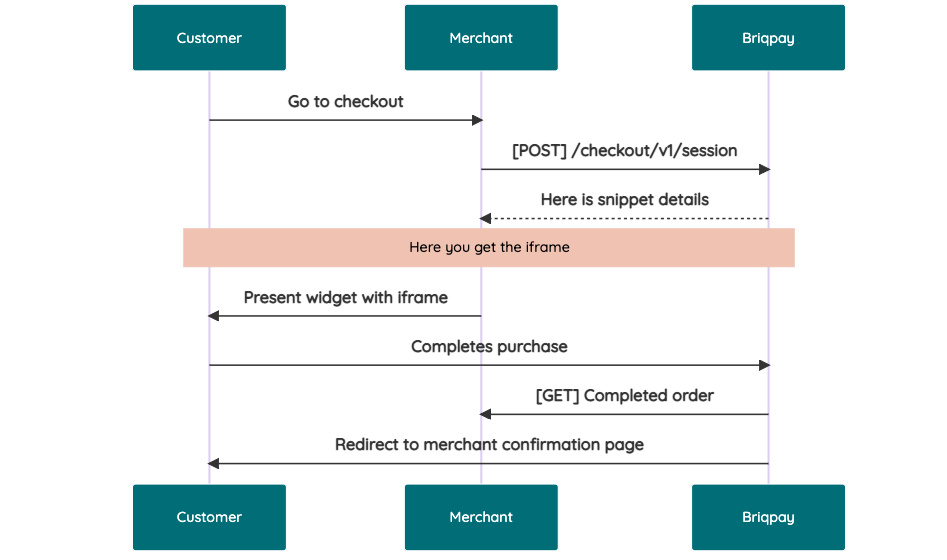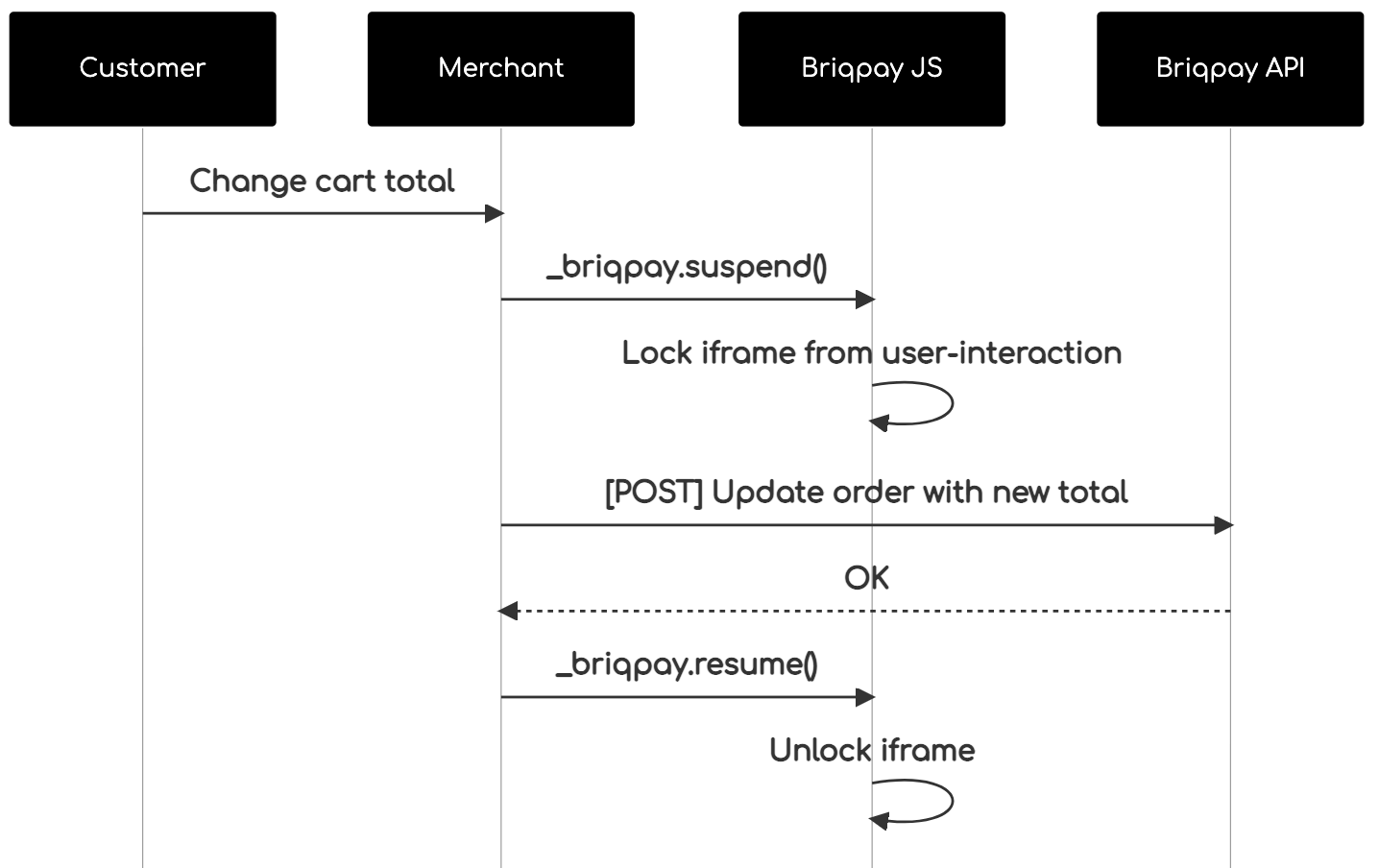Libraries tagged by basic token
eonx-com/easy-api-token
685863 Downloads
Make your API accept multiple authentication strategies in a convenient way (Basic, ApiKey, JWT, ...)
sonrac/composer-authenticated-repository-plugin
1230 Downloads
Composer plugin for authenticated repository access with GitHub tokens and HTTP basic auth
magentron/openid-connect-php
2047 Downloads
Bare-bones OpenID Connect client (forked to allow client secret basic authentication on obtaining access token)
uogsoe/basic-api-token-middleware
14151 Downloads
Very basic API key middleware for Laravel
nguyenanhung/jwt-helper
16841 Downloads
Json Web Token Helper - Basic, Simple and Lightweight
briqpay/php-sdk
10773 Downloads
This is the API documentation for Briqpay. You can find out more about us and our offering at our website [https://briqpay.com](https://briqpay.com) In order to get credentials to the playgrund API Please register at [https://app.briqpay.com](https://app.briqpay.com) # Introduction Briqpay Checkout is an inline checkout solution for your b2b ecommerce. Briqpay Checkout gives you the flexibility of controlling your payment methods and credit rules while optimizing the UX for your customers # SDKs Briqpay offers standard SDKs to PHP and .NET based on these swagger definitions. You can download them respively or use our swagger defintitions to codegen your own versions. #### For .NET `` Install-Package Briqpay `` #### For PHP `` composer require briqpay/php-sdk `` # Standard use-case As a first step of integration you will need to create a checkout session. \n\nIn this session you provide Briqpay with the basic information necessary. In the response from briqpay you will recieve a htmlsnippet that is to be inserted into your frontend. The snippet provided by briqpay will render an iframe where the user will complete the purchase. Once completed, briqpay will redirect the customer to a confirmation page that you have defined.  # JavaScript SDK The first step of integration is to add our JS to your site just before closing the ```` tag. This ensures that our JS library is avaliable to load the checkout. ```` Briqpay offers a few methods avaliable through our Javascript SDK. The library is added by our iframe and is avalable on ``window._briqpay`` If you offer the posibility to update the cart or order amonts on the checkout page, the JS library will help you. If your store charges the customer different costs and fees depening on their shipping location, you can listen to the ``addressupdate``event in order to re-calculate the total cost. ```javascript window._briqpay.subscribe('addressupdate', function (data) { console.log(data) }) ``` If your frontend needs to perform an action whe the signup has completed, listen to the ``signup_finalized`` event. ```javascript window._briqpay.subscribe('signup_finalized', function (status) { // redirect or handle status 'success' / 'failure' }) ``` If you allow customers to change the total cart value, you can utilise the JS library to suspend the iframe while you perform a backen update call towards our services. As described below:  The iframe will auto-resume after 7 seconds if you dont call ``_briqpay.resume()`` before # Test Data In order to verify your integration you will neeed to use test data towards our credit engine. ## Company identication numbers * 1111111111 - To recieve a high credit scoring company ( 100 in rating) * 2222222222 - To test the enviournment with a bad credit scoring company (10 in rating) ## Card details In our playground setup your account is by default setup with a Stripe integration. In order to test out the card form you can use the below card numbers: * 4000002500003155 - To mock 3ds authentication window * 4000000000000069 Charge is declined with an expired_card code. You can use any valid expiry and CVC code # Authentication Briqpay utilizes JWT in order to authenticate calls to our platform. Authentication tokens expire after 48 hours, and at that point you can generate a new token for the given resource using the ``/auth`` endpoint. - Basic Auth - only used on the auth endpoint in order to get the Bearer Token - JWT Bearer Token - All calls towards the API utlizes this method"
nogrod/dhl-retoure-php-sdk
88 Downloads
# Introduction ## Overview Note: This is the specification of the DP-DHL Group Parcel DE Returns API. This web service allows business customers to create return labels on demand. # Scenarios ## Main Scenario: Creating a returnlabel This is achieved by posting a return order to the URI '/rest/orders'. The service will respond with a return label. ## Querying to get receiver locations The single scenario supported by this service is the determination of the receiver's location. This is achieved by getting a location to the URI '/rest/locations'. The service will respond with a Receiver. # Technical Note on Authorization This API supports __two alternative ways__ to authorize yourself: 1. Combination of Apikey and Basic Authentication which you can provide with every call. 2. OAuth2 Password Flow: After having obtained your access token once, you provide this token as bearer token. You can try it out here. More details can be found when clicking on "Authorize".
macropage/sdk-ebay-rest-browse
3056 Downloads
The Browse API has the following resources: item_summary: Lets shoppers search for specific items by keyword, GTIN, category, charity, product, or item aspects and refine the results by using filters. (Experimental) search_by_image: Lets shoppers search for specific items by image. You can refine the results by using URI parameters and filters. item: Lets you retrieve the details of a specific item or all the items in an item group, which is an item with variations such as color and size. This resource also provides a bridge between the eBay legacy APIs, such as Trading and Finding, and the RESTful APIs, such as Browse, which use different formats for the item IDs. You can use the Browse API to retrieve the basic details of the item and the RESTful item ID using a legacy item ID. (Experimental) shopping_cart: Provides the ability for eBay members to see the contents of their eBay cart, and add, remove, and change the quantity of items in their eBay cart. *Note:* This resource is not available in the eBay API Explorer. The item_summary, search_by_image, and item resource calls require an Application access token. The shopping_cart resource calls require a User access token.
noahglaser/tokenauth
23 Downloads
Handles basic token auth.
juanchosl/tokenizer
12 Downloads
A small collection of encoder/decoder Token for authentication
gidenilson/api-token
12 Downloads
Very basic token manager for api
php-cpm/http-basic-auth-guard
292 Downloads
HTTP Basic Auth Guard for Lumen 5.2
chill-pills/laravel-instagram-basic-feed
846 Downloads
Laravel package that connect to Instagram's new API Basic Display. Retrieve personal user's posts and keep them in cache, with specific commands or with Scheduler and take care to refresh the token's every two months.
imxfly/jwt
14 Downloads
A basic library to encode and decode JSON Web Tokens (JWT) in PHP, conforming to RFC 7519.
thoughtco/statamic-instagram-instanttokens
48 Downloads
Use Instant Tokens to update your Instagram basic display token